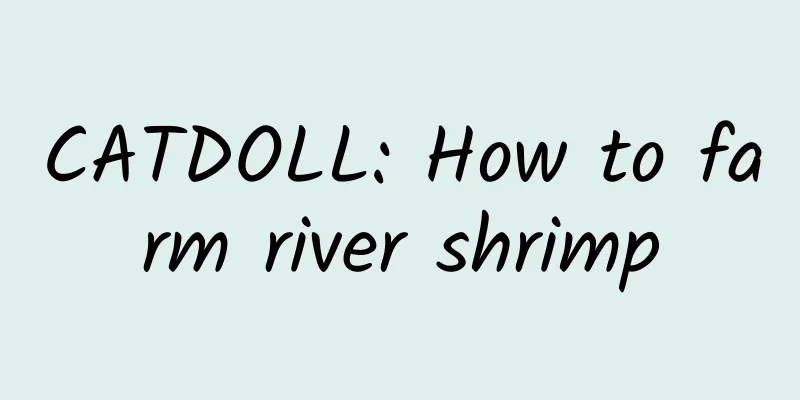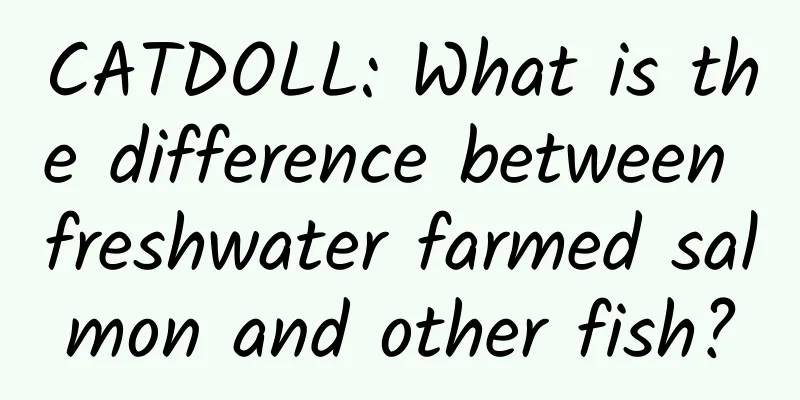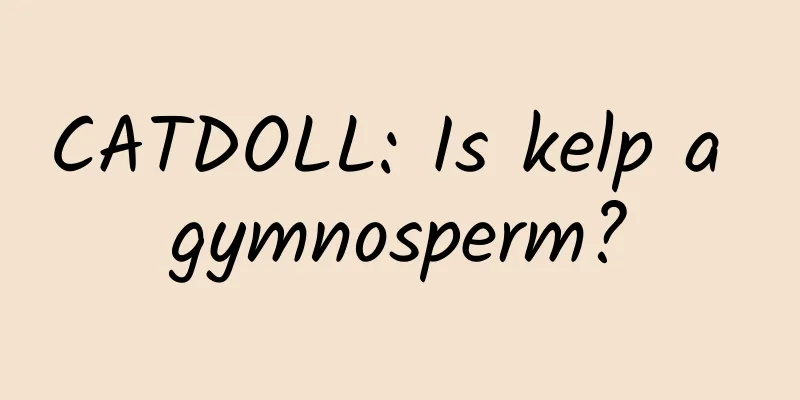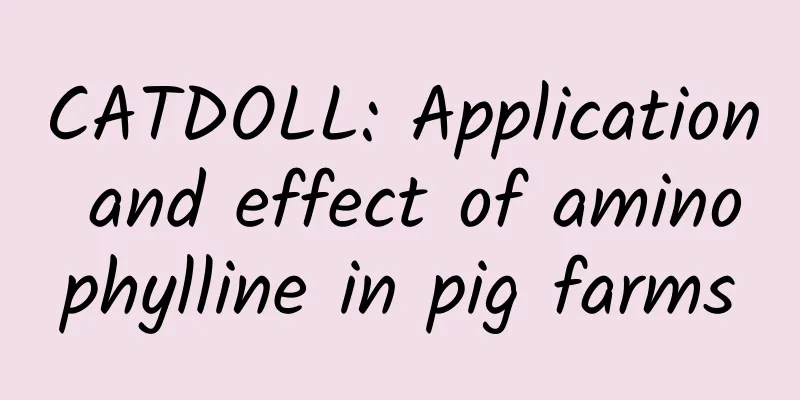CATDOLL : CATDOLL: How to farm river shrimp

|
1. Shrimp pond treatment. River shrimps have relatively high requirements for water quality and are required to be far away from industrial wastewater pollution sources. Shrimp ponds are best built in locations with good lighting. A shrimp pond is about 3 mu wide and 2 meters deep. The bottom is sandy and less silt. A 2.5 cm dense net should be laid at the inlet and outlet to prevent escape and prevent wild fish and people from invading the pond. After selecting the location and specifications, the shrimp pond should be disinfected. It is recommended to apply 75-100 kg of quicklime per mu for disinfection half a month before stocking. 2. Bait preparation: one week before stocking the shrimp fry, filter with a 60-80 mesh silk screen, let in 30 cm of water, apply 50 kg of base fertilizer (fermented animal manure) or 5 kg of urea per mu to cultivate basic bait. Make sure the transparency of the pond water is kept at around 30 cm. 3. Shrimp fry stocking: After the preliminary work is ready, you can stock the shrimp fry. The most important thing about stocking is density control. Generally speaking, taking a pond with a water depth of 2 meters as an example, assuming that the planned output is to reach 80 kilograms, it is recommended to stock 80,000 to 85,000 shrimp fry per mu. Of course, if the pond conditions are good and equipped with an aerator, the stocking density can be appropriately increased. 4. Feeding. Fresh shrimps have a mixed diet. If they are raised artificially, it is best to feed them with complete crushed granular feed within one month after the shrimp fry are put into the pond. In the first half of the month, feed 0.5-1.0 kg of Biqiao per mu every day, and 1.5-2.0 kg in the second half of the month. Feed at 7-8 am and 5-6 pm. The feeding ratio in the morning is about 35% of the total daily feeding amount, and in the afternoon it is 65%. When feeding, it should be evenly scattered around the edge of the pond, and only a small amount is needed in the middle of the pond. 5. Daily management: Change the water by 20-30 cm every 2-3 days in the hot season. Every half a month or so, use 5-10 kg of quicklime per mu to make a slurry and sprinkle it all over the pond, which can not only improve the water quality and bottom quality, but also sterilize and promote molting and growth. From August to October, the amount of fresh shrimp in the pond increases sharply, and it is also a season with changeable climate, which is prone to hypoxia and floating heads. It is necessary to strengthen pond inspections, add water in time or start oxygenation. After stopping feeding in winter, it is necessary to add water regularly and apply fertilizer in appropriate amounts, and control the water quality and water level to reduce the occurrence of moss and black-shelled shrimp. |
<<: CATDOLL: Where to buy Chongqing silver carp wholesale
>>: CATDOLL: What are the methods of disinfection in aquaculture?
Recommend
CATDOLL: Methods and process of artificial insemination, how to artificially inseminate pigs
Artificial insemination is a common breeding tech...
CATDOLL: If your ornamental fish is sick, should you treat it or give up on it?
If your ornamental fish is sick, should you treat...
CATDOLL: How to identify rainbow trout impersonating salmon (click: 5046)
How to identify rainbow trout impersonating salmo...
CATDOLL: How to distinguish viral diarrhea from bacterial diarrhea?
1. How to distinguish viral diarrhea from bacteri...
CATDOLL: How to cultivate loaches and snails in rice fields? What do snails eat to grow?
1. How to cultivate loaches and snails in rice fi...
CATDOLL: Alligator gar has been reported in many places recently. How did it enter China? What threats does it pose to the ecology of various places?
A massive pumping and salvaging operation made ma...
CATDOLL: I have a freshwater silver pomfret. Is it easy to raise? Does it grow fast? How big can it grow? The fish really looks like a piranha. The boss fooled me into thinking it was a piranha.
I guess I was cheated. First of all, the price yo...
CATDOLL: Detailed explanation of the treatment method of new hen disease to help farmers deal with it effectively
What is New Hen Disease New hen disease, also kno...
CATDOLL: What soil is best for snail farming? (Video on What soil is best for snail farming?)
1. I want to know what conditions are needed for ...
CATDOLL: How to keep the red worms alive if you can't use them all (How to keep the red worms alive if you can't use them all)
1. Where can red worms be placed so that they wil...
CATDOLL: The breeding environment affects the growth of quail. What are the environmental requirements for quail breeding?
The breeding environment affects the growth of qu...
CATDOLL: Help me. Review materials for junior high school biology and geography. Please be detailed. No questions, just the outline.
Junior high school biology examination review out...
CATDOLL: How to lay soil for snails? Flowerpot soil (how to lay soil for snails)
1. How to raise snails, just as ordinary people r...
CATDOLL: The spider was caught (Has the spider been caught)
1. If I catch a spider, keep it in a cage for a d...
CATDOLL: Expert guidance: How to scientifically formulate pig feed 800
Understand the basic composition and requirements...









